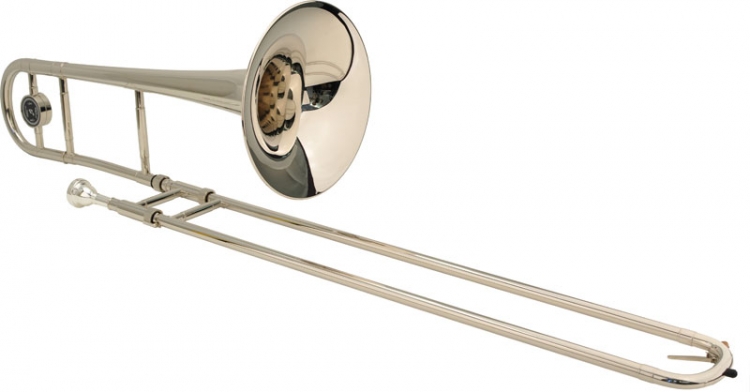I’ve been starting (never finishing) to learn music a few times, in three different languages. Seeing that it’s an endless process, I thought I may want to write something down before forgetting how, er, those things are called. Or, at least, starting to write things down.
Today, I just want to look at these: ♩ or ♪ or ♫ or suchlike. They are often called “notes”, which is not strictly correct. On its own, any such symbol represents only a note value. The symbols themselves are what is called in French figures de note; I don’t know whether there is a good English equivalent. To represent actual notes, figures de note should be placed on a staff which has a clef on it. (Not today.)
Let’s have a look at the “note” anatomy first. At the very least, it has a note head, which usually (but not always) has an oval shape. All notes shorter than semibreve also have a stem. Finally, all notes shorter than crotchet have one or more flags. When several eighth (or shorter) notes appear next to each other, they may be connected with a beam (or beams).
| English |
French |
Italian |
Russian |
Spanish |
| flag (hook, tail) |
crochet |
coda |
флажок |
corchete |
| stem |
hampe (queue) |
gambo |
штиль |
plica |
| note head |
tête de note |
testa |
головка |
cabeza |
Now that we know the note parts, we can learn the note values. As you can see from the table below, both American English and Russian use rather boring terminology. Anyone who knows how to divide by two can master it in a minute. British English uses much more intriguing words. Take “crotchet”: it sounds very much like French croche. But croche is an Old French word meaning a “hook” (crochet in modern French), something that croche (♪) has but crotchet (♩) lacks. Then there is a quaver and its fractions: semiquaver, demisemiquaver, hemidemisemiquaver and even quasihemidemisemiquaver. Whereas in French system, the names for these just reflect the number of flags: double croche, triple croche and so on.
So far, my favourite system is the Spanish one. The names are short and easy to remember: redonda (round), blanca (white), negra (black), corchea (has a corchete, i.e. hook) and semicorchea (half of corchea). Except maybe for garrapatea (from garrapatear “to scribble”, “to doodle”), although the chances to encounter one are slim. Somewhat confusingly, Spanish fusa (1/32), which is derived from Italian word fusa (“purr”), is four times longer than Italian fusa (1/128).
Naming the rests in British English, Italian and Spanish is easy. You only have to add the words “rest”, “pausa di” or “silencio de”, respectively. In American English and Russian, replace “note” with “rest” (“нота” with “пауза”). French, however, came up with an amazing system where the rest names have nothing to do with the corresponding note names. For instance, seizième de soupir is rather unlike quadruple croche.
| American | British | French | Italian | Russian | Spanish |
|---|
| note | note | note | nota | нота | nota |
|---|
| whole note | semibreve | ronde | semibreve | целая нота | redonda |
| half note | minim | blanche | minima | половинная нота | blanca |
| quarter note | crotchet | noire | semiminima | четвертная нота | negra |
| eighth note | quaver | croche | croma |
восьмая нота | corchea |
| sixteenth note | semiquaver | double croche | semicroma | шестнадцатая нота | semicorchea |
| thirty-second note | demisemiquaver | triple croche | biscroma | тридцать вторая нота | fusa |
| sixty-fourth note | hemidemisemiquaver | quadruple croche | semibiscroma | шестьдесят четвертая нота | semifusa |
| hundred twenty-eighth note | semihemidemisemiquaver or quasihemidemisemiquaver | quintuple croche | fusa, quintupla o fusilla | сто двадцать восьмая нота | garrapatea o cuartifusa |
| rest | rest | silence | pausa | пауза | silencio |
|---|
| whole rest | semibreve rest | pause | pausa di semibreve | целая пауза | silencio de redonda |
| half rest | minim rest | demi-pause | pausa di minima | половинная пауза | silencio de blanca |
| quarter rest | crotchet rest | soupir | pausa di semiminima | четвертная пауза | silencio de negra |
| eighth rest | quaver rest | demi-soupir | pausa di croma | восьмая пауза | silencio de corchea |
| sixteenth rest | semiquaver rest | quart de soupir | pausa di semicroma | шестнадцатая пауза | silencio de semicorchea |
| thirty-second rest | demisemiquaver rest | huitième de soupir | pausa di biscroma | тридцать вторая пауза | silencio de fusa |
| sixty-fourth rest | hemidemisemiquaver rest | seizième de soupir | pausa di semibiscroma | шестьдесят четвертая пауза | silencio de semifusa |
| hundred twenty-eighth rest | semihemidemisemiquaver rest or quasihemidemisemiquaver rest | trente-deuxième de soupir | pausa di fusa | сто двадцать восьмая нота | silencio de garrapatea |










